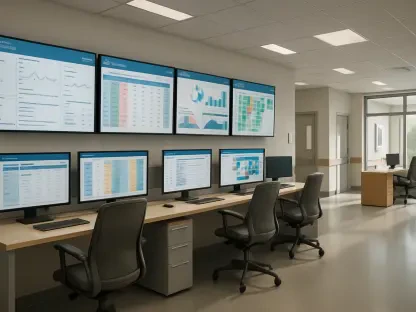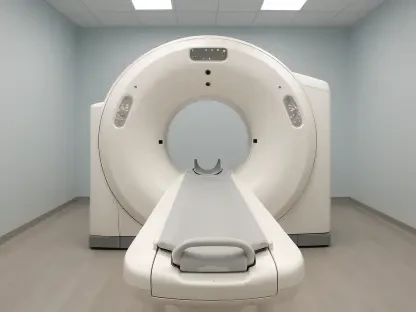The In Vitro Diagnostics (IVD) market in India is positioned for remarkable growth, projected to expand from USD 2.64 billion in 2024 to an impressive USD 4.77 billion by 2034. This anticipated development reflects a robust compound annual growth rate (CAGR) of 6.10%. As advancements in molecular diagnostics become more prominent, the nation’s healthcare infrastructure is witnessing significant improvements. The demand for more personalized medicine continues to rise, inherently boosting the market’s trajectory. Notable industry leaders such as Abbott, Qiagen, Quidel, and Danaher are at the forefront, driving innovation and establishing a strong market presence. This means that not only are they contributing significantly to the market’s expansion, but they are also setting new standards for product quality and availability, particularly as demonstrated by Sysmex’s enhanced local operations.
Influence of Chronic Diseases and Government Initiatives
A major driving force behind the escalating growth of the Indian IVD market is the rise in chronic and non-communicable diseases (NCDs). These health challenges demand rigorous diagnostics, emphasizing early detection and preventive measures. As chronic diseases become more prevalent, the need for early diagnosis becomes crucial, necessitating advanced diagnostic tools offered by the IVD sector. In response, the government of India has initiated several programs aimed at promoting early diagnosis. These efforts are not only improving public health outcomes but also enhancing market penetration for diagnostic technologies. Awareness about healthcare solutions is steadily increasing, driven by these government initiatives and the dire need to manage chronic health conditions promptly. The combination of increased public awareness and government-backed health initiatives provides fertile ground for the growth of the IVD market.
Emphasis on Technological Advancements and Disease-Specific Solutions
The technological advances within the in vitro diagnostics (IVD) industry are critical for its growth in India. Deploying state-of-the-art technologies in diagnostic tools enhances the efficiency and accuracy of disease detection methods. A noticeable trend is the move toward disease-specific diagnostics. Innovations in this field now focus more on targeted solutions, as evidenced by the World Health Organization’s recent inclusion of diabetes-specific tests in its prequalification list. This shift is strategically addressing unique health challenges, aiming to make medical interventions more customized and effective. These advancements not only boost the IVD sector’s capabilities but also offer patients more personalized and accurate treatment solutions. As India continues to embrace these technological advancements, the IVD market is poised for significant growth, expected to reach USD 4.77 billion by 2034. This growth is fueled by investing in technological innovations and collaborations, leading to improvements in disease management and underscoring India’s commitment as a leading player in the global IVD landscape.









